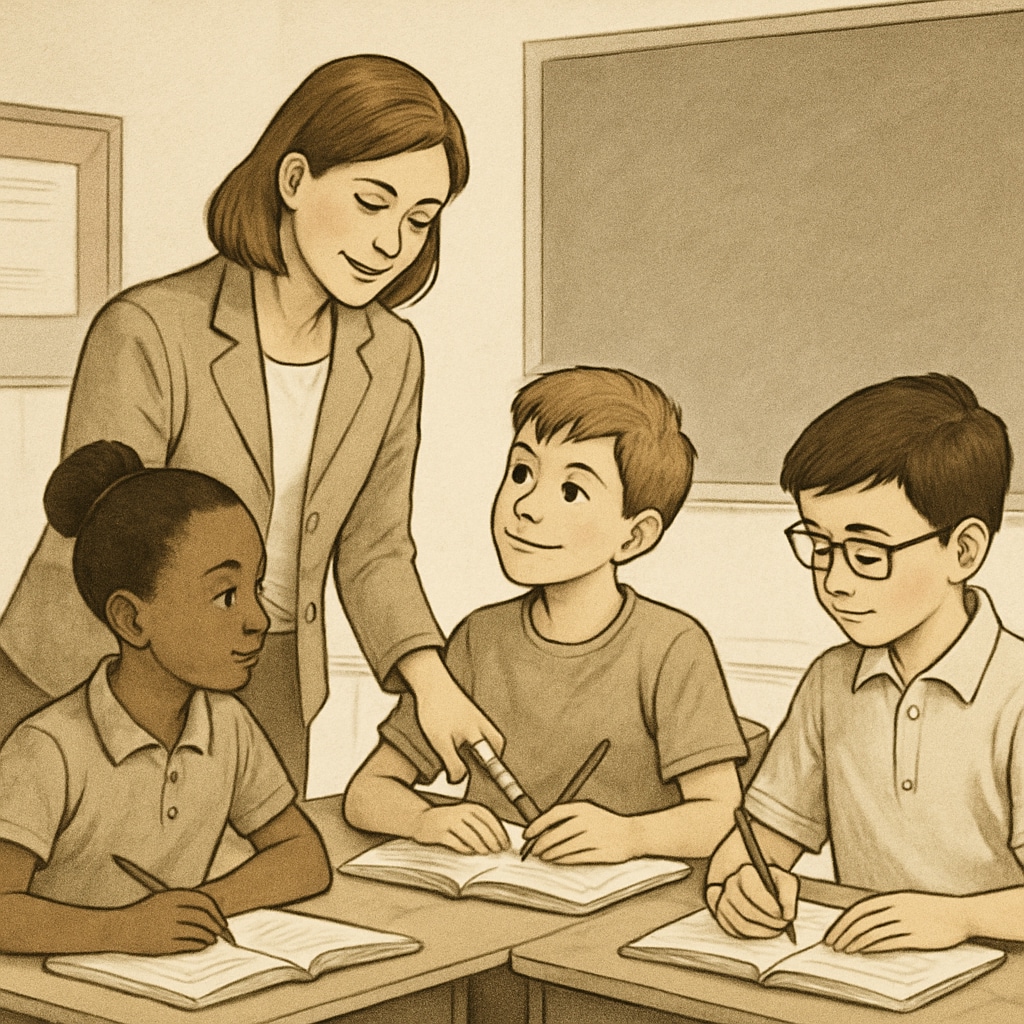When discussing “education limits, strict methods, and care expression,” the 2014 film *Whiplash* often comes to mind. The story of a young jazz drummer and his demanding instructor vividly portrays the ethical challenge of pushing students to their limits while ensuring their mental and emotional well-being. This dilemma is particularly relevant in K12 education, where the line between constructive discipline and harmful pressure can blur. How can educators balance the pursuit of excellence with their duty to nurture and protect students’ holistic development?
The Fine Line Between Excellence and Harm
In *Whiplash*, the instructor Terence Fletcher employs a teaching philosophy rooted in extreme strictness. His relentless criticism and psychological manipulation are justified by his belief that greatness demands discomfort. While this approach pushes the protagonist, Andrew, to achieve a level of mastery he didn’t know he had, it also leads to severe emotional strain and risky behavior. This narrative raises critical questions about the role of strict teaching methods in education. Do the ends justify the means? And at what cost?
Such dilemmas are not confined to fictional narratives. In real-world classrooms, educators often grapple with finding the right balance between enforcing high standards and nurturing a supportive environment. While setting high expectations is essential for student growth, excessive pressure can lead to burnout, anxiety, and a loss of intrinsic motivation. According to Britannica’s overview of educational psychology, a healthy balance fosters not only academic success but also emotional resilience.

What Does Research Say About Strictness in Education?
Studies show that teaching methods emphasizing strictness can yield mixed outcomes. On the one hand, clear guidelines and discipline can create a structured environment conducive to learning. On the other hand, overly authoritarian approaches can stifle creativity and harm students’ mental health. For instance, research from the positive discipline framework suggests that students respond better to methods that combine firmness with empathy.
In the context of K12 education, developmental psychology underscores the importance of recognizing individual differences. Some students may thrive under high-pressure environments, while others may disengage or experience adverse effects. Therefore, educators must adopt a personalized approach, tailoring their methods to suit each student’s needs and capacities.

Balancing Strictness and Care: Practical Strategies
To navigate the ethical dilemma of strictness versus care, educators can adopt several strategies:
- Set realistic expectations: While high standards are important, they should align with students’ developmental levels and individual abilities.
- Encourage open communication: Regularly check in with students to ensure they feel supported and valued, not overwhelmed or dismissed.
- Recognize achievements: Celebrate small successes to build confidence and motivation, rather than focusing solely on shortcomings.
- Incorporate flexibility: Adapt teaching methods when students show signs of distress or disengagement, demonstrating care for their well-being.
By integrating these strategies, educators can pursue excellence without compromising their students’ mental and emotional health. As the saying goes, “Education is not just about filling a pail but lighting a fire.” The fire, however, should burn brightly, not destructively.
Conclusion: Finding the Ethical Balance
The ethical dilemma portrayed in *Whiplash* serves as a poignant reminder of the complexities of education. While strictness can be a powerful motivator, it must be tempered with empathy and care. Educators have a profound responsibility to not only guide students toward academic excellence but also safeguard their holistic well-being. By fostering an environment where high expectations coexist with genuine support, we can cultivate not just successful students, but thriving individuals who carry a lifelong love for learning.
In the end, the true measure of educational success lies not in pushing students to their breaking point but in empowering them to reach their full potential without losing their sense of self. Balancing strictness and care is not just an ethical imperative—it’s the foundation of transformative teaching.
Readability guidance: This article uses concise paragraphs and a mix of narrative and practical insights. Transition words such as “however,” “therefore,” and “in addition” ensure smooth flow. The inclusion of authoritative links and lists enhances clarity and depth.


